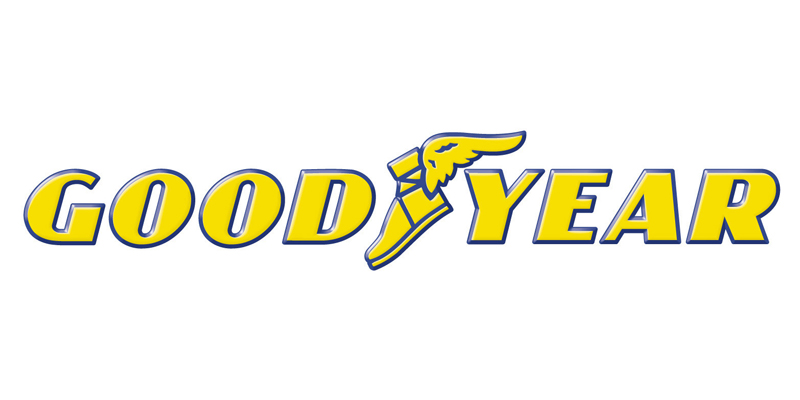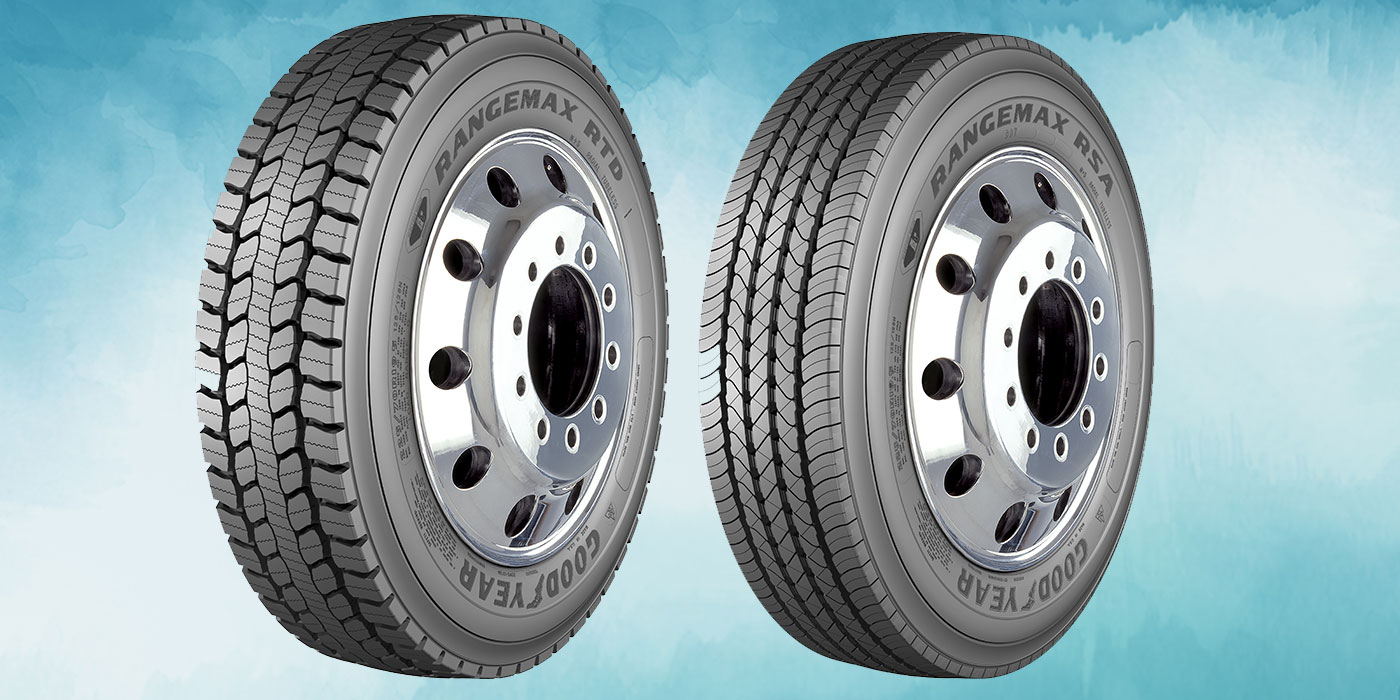
The Goodyear Tire & Rubber Co. released its results for the second quarter and first half of 2019 this week, which showed a 4% decrease in tire unit volumes globally from 2018 but a 4% increase in U.S. consumer replacement volumes from the year prior.
“Our U.S. consumer replacement and commercial businesses continued to perform well in a challenging environment, aided by recent product launches,” said Richard J. Kramer, chairman, CEO and president. “We have continued our focus on strengthening our business by investing in premium supply and enhancing our OE pipeline and cost competitiveness. I am encouraged that several of the external factors that have impacted our business in recent quarters are beginning to moderate, positioning us to deliver stronger results going forward.”
Goodyear’s second-quarter 2019 sales were $3.6 billion, down 5% from a year ago, driven by unfavorable currency translation, lower volume and reduced sales from other tire-related businesses. These effects were partially offset by improvements in price/mix, according to its Q2 financial statement.
Tire unit volumes totaled 37.4 million, a 4% decrease from 2018. Replacement tire shipments declined less than 1%. Original equipment unit volume was down 11%, reflecting lower global vehicle production and strategic fitment choices.
Goodyear’s second quarter 2019 net income was $54 million (23 cents per share), down from $157 million (65 cents per share) a year ago. Second quarter 2019 adjusted net income was $58 million (25 cents per share), compared to $150 million (62 cents per share) in 2018. Per share amounts are diluted, Goodyear reported.
The company also reported second quarter segment operating income of $219 million in 2019, down from $324 million a year ago. The decrease reflects higher raw material costs, lower volume, weaker results from other tire-related businesses and adverse currency, partially offset by favorable price/mix, improved overhead absorption from higher Americas production in prior quarters, and net cost savings.
Year-to-Date Results
Goodyear’s sales for the first six months of 2019 were $7.2 billion, a 6% decline from the 2018 period due to unfavorable foreign currency translation, lower volume and reduced sales from other tire-related businesses, according to the company’s report. These factors were partially offset by improvements in price/mix. Tire unit volumes totaled 75.4 million, down 3% from 2018. Replacement tire shipments decreased less than 1% from the prior year’s period. Original equipment volume declined 9%, driven by weaker consumer OE industry demand, reflecting lower global vehicle production and strategic fitment choices.
However, Goodyear said its OE win rates over the last 18 months have increased significantly compared to recent history, reflecting industry trends toward vehicles with more complex tire constructions, as well as Goodyear’s success in bringing new technology to OE platforms, the company reported. Based on these higher win rates, Goodyear expects OE volume growth of approximately 20% between 2019 and 2022 based on current third-party industry projections for auto production. These new fitments are at a higher average revenue per tire than existing volume and include a significant percentage of high-value electric vehicle fitments, the company says.
Goodyear’s net loss was $7 million for the first six months of 2019 (3 cents per share) compared to net income of $232 million (96 cents per share) in the prior year’s period. The first half of 2019 included several significant items, most notably $107 million in rationalization charges, primarily related to the previously announced plan to modernize two of our tire manufacturing facilities in Germany. First half 2019 adjusted net income was $103 million (44 cents per share) compared to $272 million ($1.12 per share) in the prior year’s period. Per share amounts are diluted.
The company reported first half segment operating income of $409 million in 2019, down from $605 million a year ago. The decrease was primarily due to higher raw material costs.
Americas business
Americas’ second quarter 2019 sales decreased 2% to $2 billion, reflecting unfavorable foreign currency translation, lower third-party chemical sales and reduced volume, partially offset by improved price/mix. Replacement tire shipments rose 1%. U.S. consumer replacement volume increased 4% over the prior year, led by above-industry growth in the 17-inch-and-greater category.
Original equipment unit volume was down 9%, entirely attributable to a 12% decrease in consumer OE due to lower vehicle production and strategic fitment choices.
Second quarter 2019 segment operating income of $134 million was down 13% from the prior year. The decrease reflects higher raw material costs and reduced earnings from our chemical business, partially offset by improved overhead absorption.













